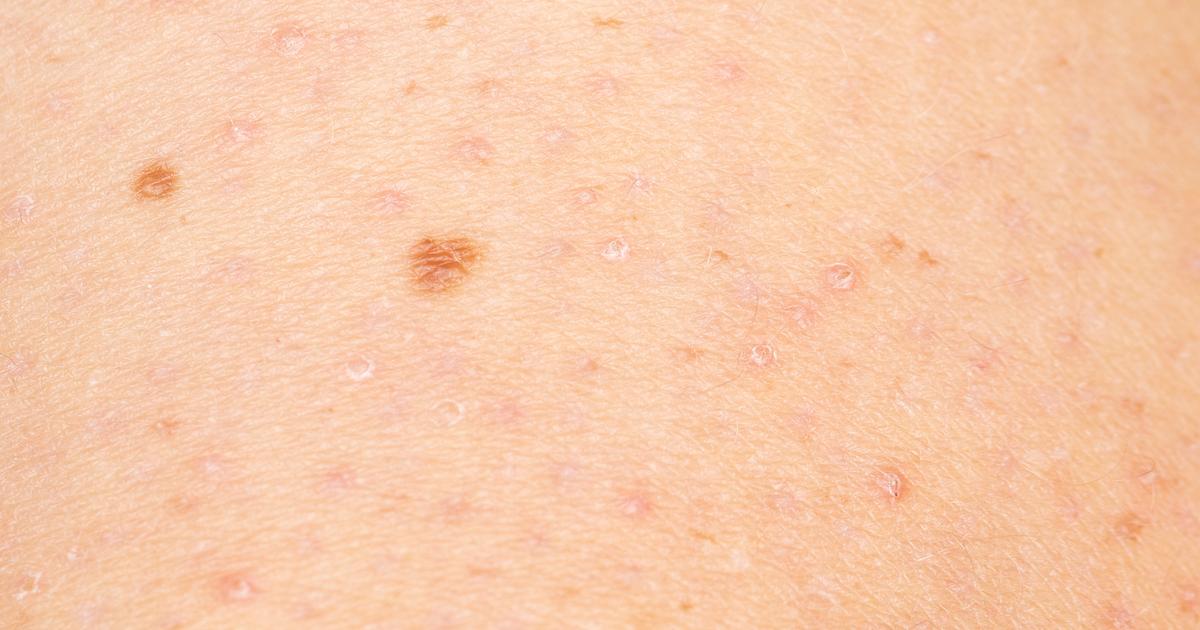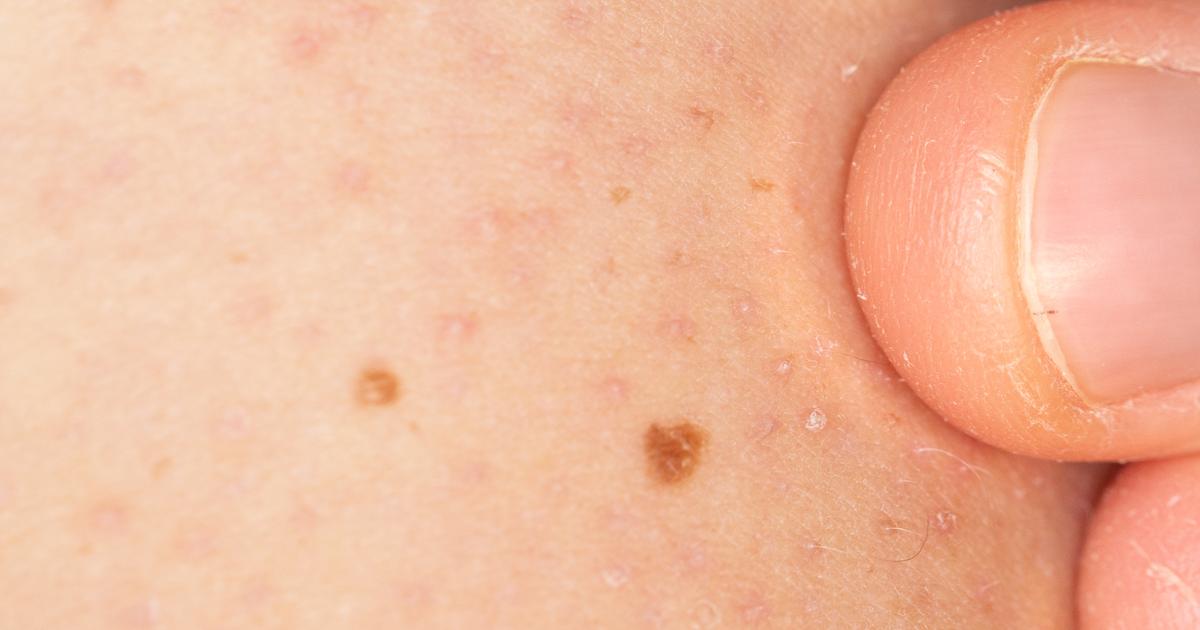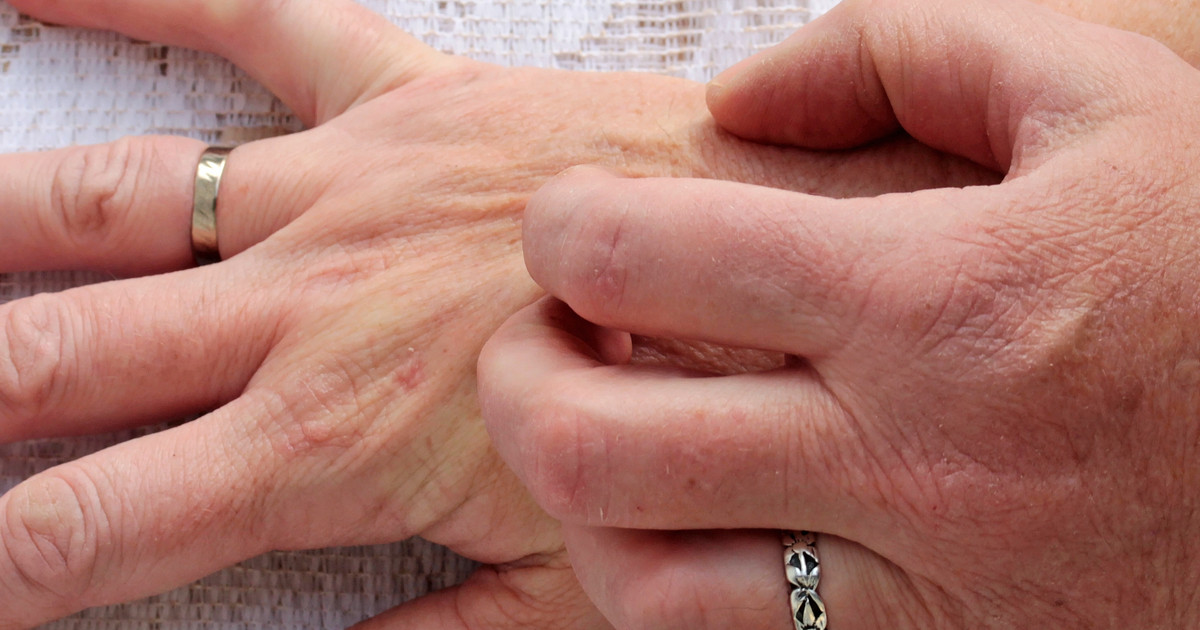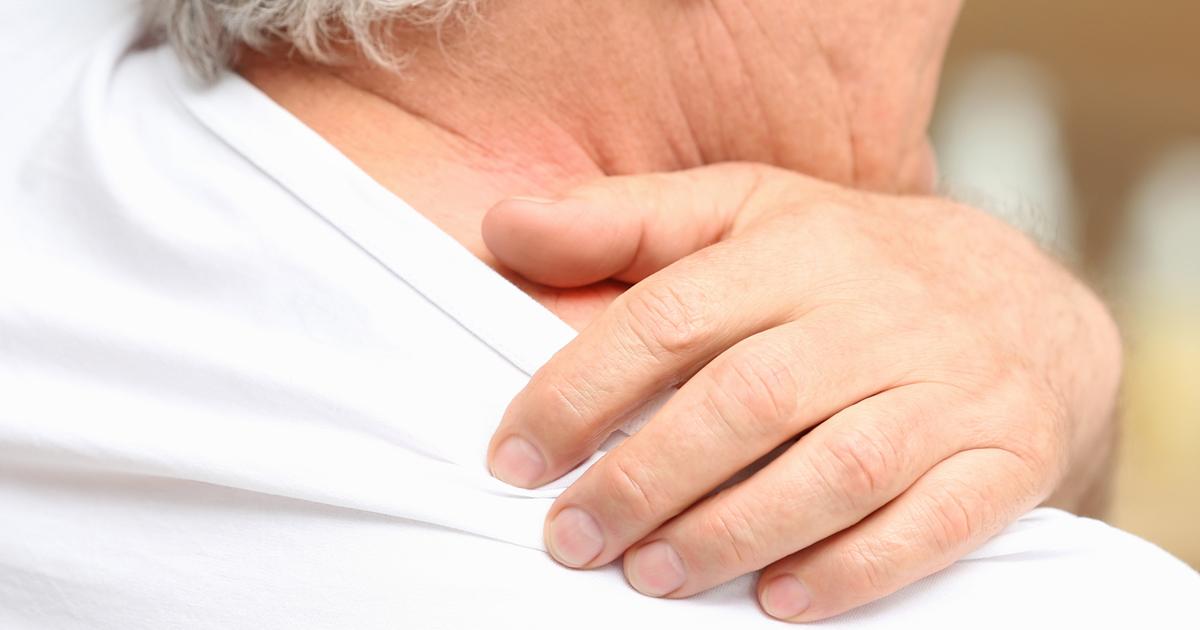Warning Signs Of Keratosis Pilaris
Keratosis pilaris is a relatively harmless skin condition. It leads to rough patches of dry skin, along with small bumps. Typically, it is the result of a buildup of keratin. Keratin, a protein that protects the skin, will plug the hair follicles. It is not clear why keratin will sometimes build up, though it may be connected to other skin conditions, such as atopic dermatitis, or genetic diseases.
Unfortunately, there is no cure for keratosis pilaris, though patients can employ several keratosis pilaris treatments. Typically, this means using the best skincare for keratosis pilaris, including medicated creams. Topical exfoliants are available over-the-counter and with a prescription. Patients may also want to try retinol cream for keratosis pilaris. KP laser treatment is also an option. Natural remedies for keratosis pilaris are out there for those who want them.
Bumps On The Skin

The bumps on the skin are among the most characteristic symptoms of keratosis pilaris. It is very rare for keratosis pilaris to present with dry skin but no bumps. The most common age group for the bumps to appear is young children, although the condition can continue into adulthood. It is rare for the bumps and dry patches to persist after individuals pass thirty years old. The bumps tend to be tiny, painless, and may appear in clusters or spread out across the skin. The buttocks, cheeks, thighs, and upper arms are the most common places for them to occur.
Keratosis pilaris patients may also develop other bumps that have the texture of sandpaper. These tend to occur in the patches of dry skin. They may be clustered so tightly that they look like goosebumps, which occur when an individual is cold. If the bumps are painful, they might be a rash caused by something else, rather than an indicator of keratosis pilaris. Bumps that are not causing symptoms or colored strangely do not generally need medical treatment. However, individuals can see a dermatologist if they are distressed about their appearance.
Continue reading to learn about more symptoms of keratosis pilaris now.
Rough And Dry Skin

Rough and dry skin typically appears in conjunction with the bumps. The bumps may appear on patches of dry skin, or the body may be surrounded by a combination of dry skin patches and bumps. Bumps that occur on dry patches tend to feel quite similar to sandpaper. Moisturizer can be used to help with the appearance and feeling of dry skin. Normal skin feels fairly moist to the touch, but dry skin may feel abrasive and somewhat scaly. By moisturizing, individuals restore some of the moisture to the skin so that it is not as dry.
The patches of dryness occur because of the way that keratin builds on the skin. Doctors have not yet discovered why keratin builds up like this in some individuals, though they have determined that it is harmless. The best moisturizers for dry skin are ones that include petroleum jelly, glycerin, or lanolin. These particular ingredients help trap moisture in the skin so that it does not evaporate into the air. Most dermatologists recommend moisturizing several times a day for dry skin caused by keratosis pilaris.
Get more information on the symptoms of keratosis pilaris now.
Itchy Skin

Itchy skin can sometimes be a concern with keratosis pilaris, but it is rare. If an individual's skin is bumpy and itchy, it is much more likely that they have a rash, such as contact dermatitis. Contact dermatitis occurs when individuals touch something that leads to an allergic reaction. Even if an individual is not allergic to something, those with sensitive skin may develop skin irritation when touching certain things. Individuals are likely to have dryer skin if they use harsh chemicals when scrubbing, which can lead to itching, flaking, and peeling.
Thus, patients need to follow a dermatologist's recommendations for taking care of their skin. If individuals have prescription creams, they must use them as directed. Individuals should make sure to moisturize using a product with effective ingredients. Many soaps are designed with harsh chemicals that dry the skin further. Individuals should look for dermatologist-recommended soaps, especially when washing their face. Hand soap is too harsh to be used on the delicate skin of the face, so buying specialized face soap is a must.
Uncover more details on the warning signs of keratosis pilaris now.
Skin Flares In Dry And Cold Climates

Sometimes for patients with keratosis pilaris, the skin flares in dry and cold climates. More bumps might build up on the skin, and the patient's skin is more likely to dry out. Again, keratosis pilaris usually does not come with irritation symptoms, though patients may be more likely to experience skin irritation if they have the condition. When individuals are in cold or very dry weather, they may notice that their patches of dry skin spread. Patients might also notice more bumps forming on their skin than before. This can be stressful if having smooth skin is very important to the individual, but it does not tend to be painful.
One way to combat cold and dry weather is to use a humidifier. When there is little moisture in the air, the skin dries out quickly. A humidifier adds humidity to the air, which can help prevent an individual's skin from drying. Some humidifiers attach to a furnace, while others are portable and can be used around the home. Individuals who wear warm weather clothing must also be sure to avoid friction.
Reveal more keratosis pilaris symptoms now.
Redness And Inflammation

Redness and inflammation are not typical symptoms of keratosis pilaris. Frequently, if the skin is red and irritated, it is a sign of another medical condition. However, keratosis pilaris can become red and inflamed. When this occurs, patients tend to experience symptoms that may require treatment by a dermatologist. Studies have shown that when the skin becomes red and inflamed with keratosis pilaris, it is nearly always because of contact with an irritating material. For example, a teenager who wraps up in a wool blanket might suffer an allergic reaction that causes their skin to become inflamed. Keratosis pilaris can add to the discomfort because the patches of dry skin may flake or be very itchy. Sometimes inflammation occurs because of a bacterial infection, which needs to be treated with antibiotics.
